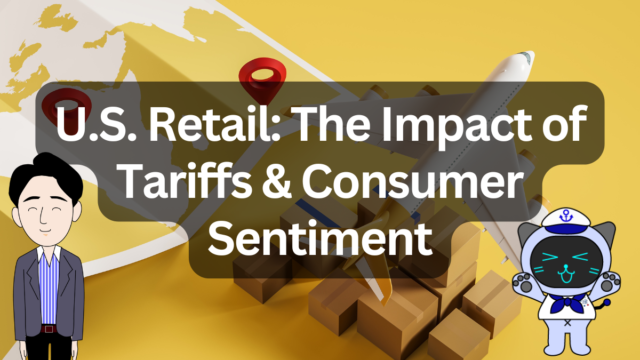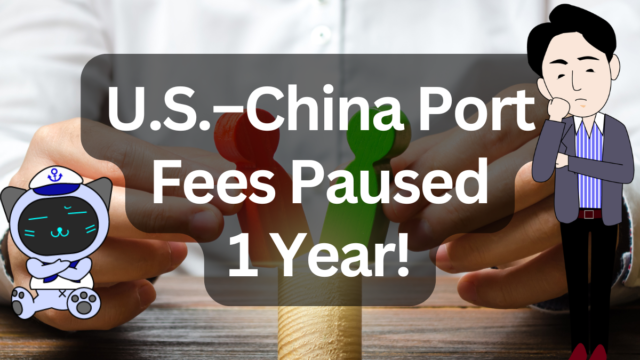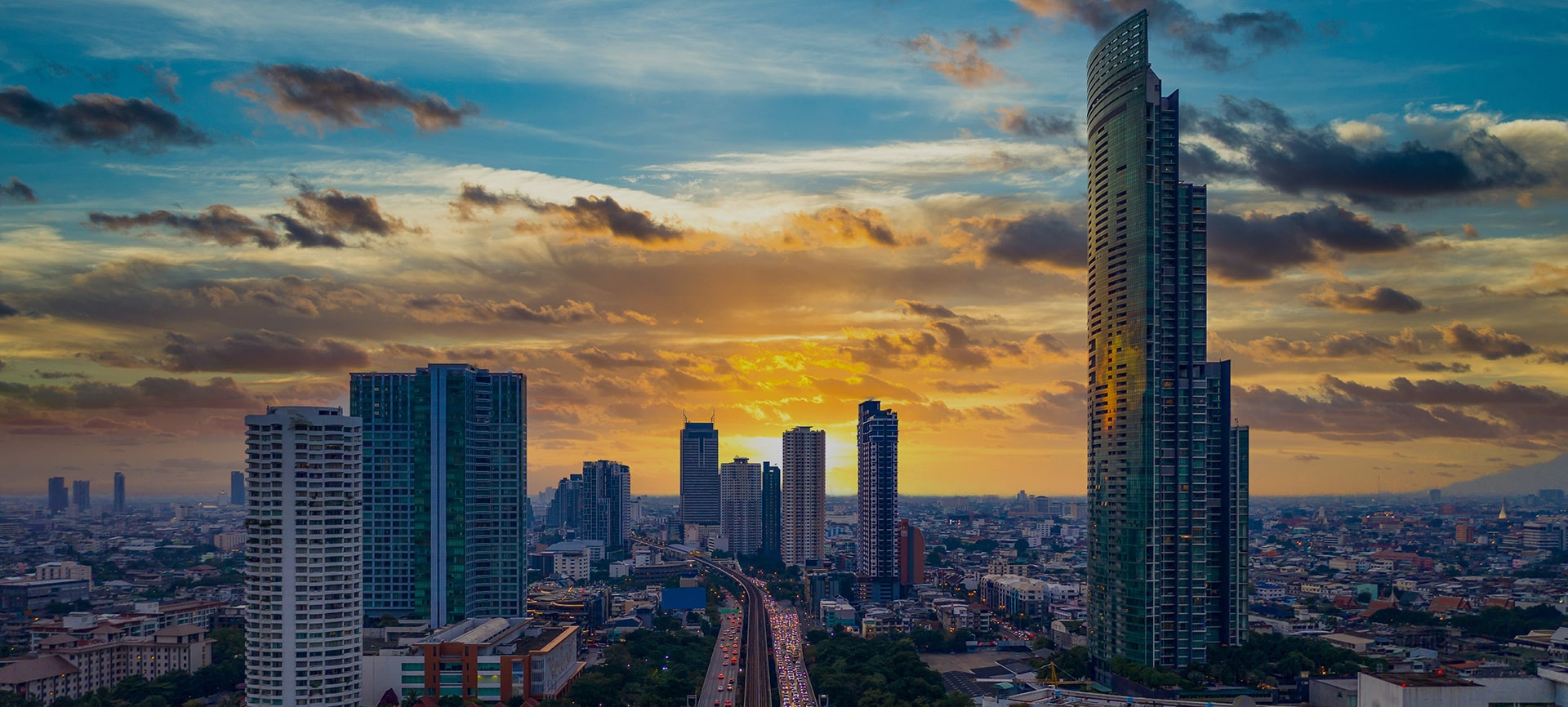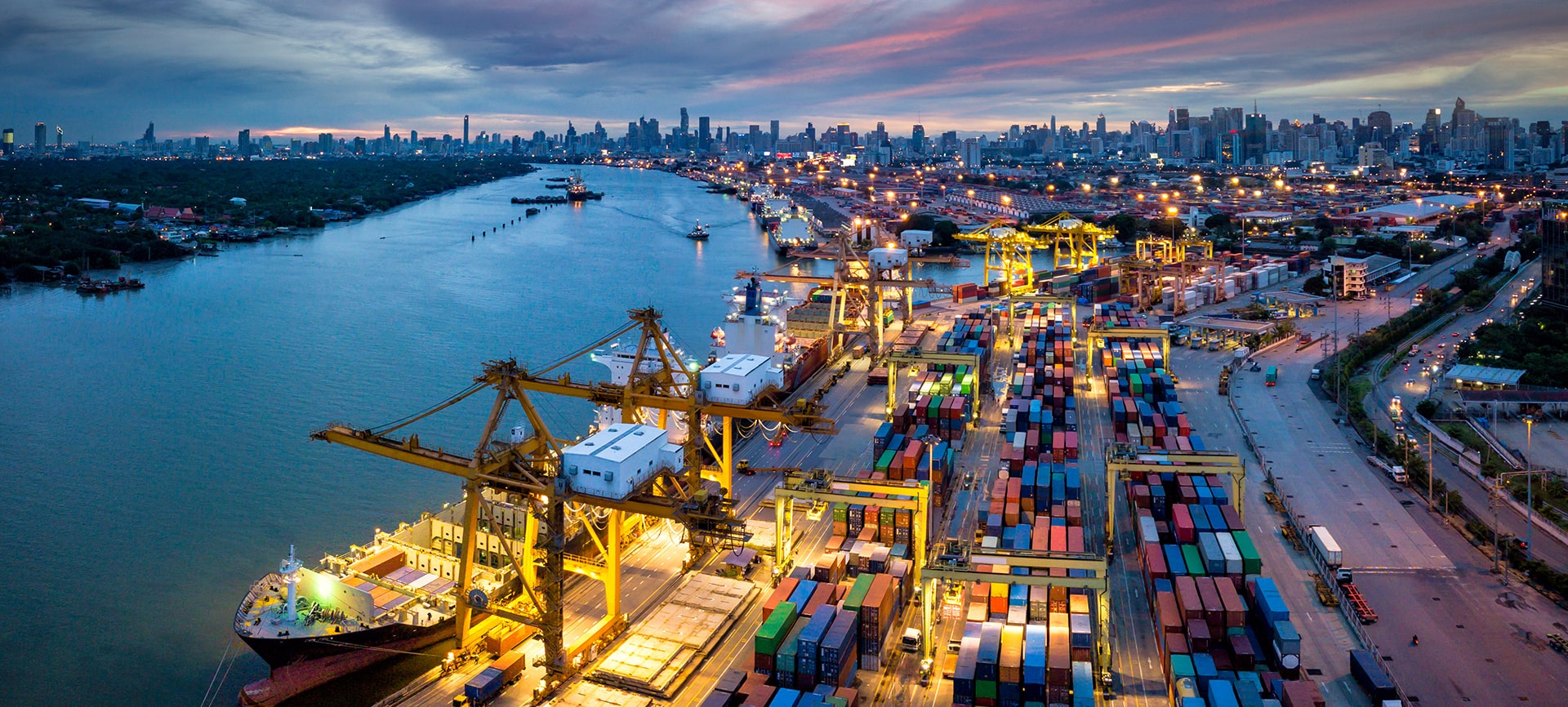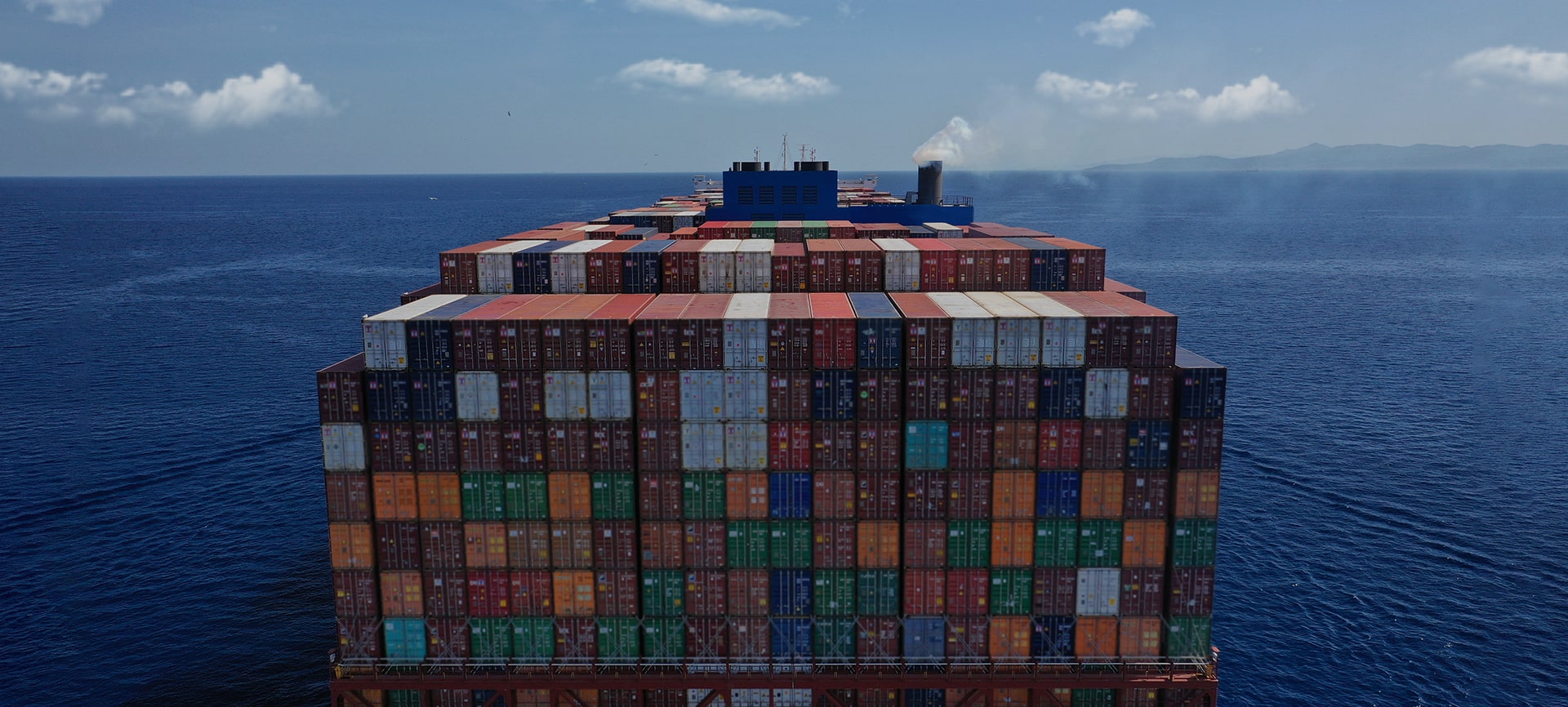Posted on: September 22, 2025 / Last updated: September 22, 2025
Panama Canal’s Recovery Still Delayed: 2026 Outlook Remains Limited
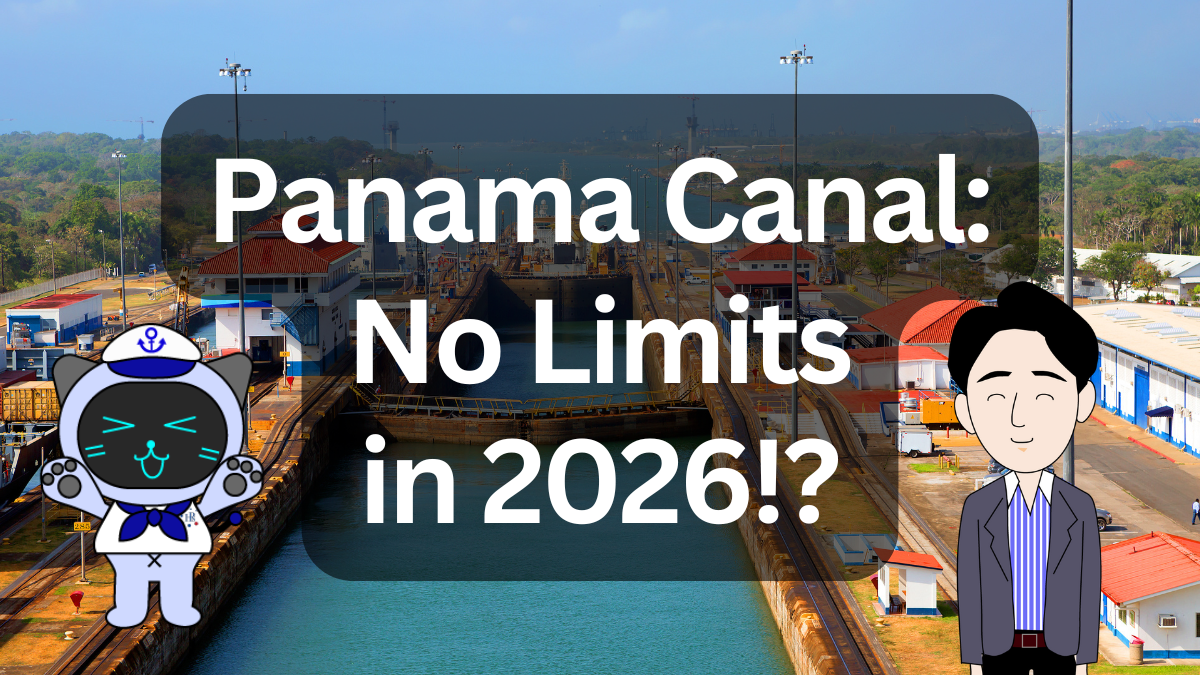
Despite gradual recovery, Panama Canal operations won’t reach full capacity in 2026.
U.S. tariff policy and water shortages continue to disrupt logistics.
CONTENTS
Tariff-Driven Surge Disrupts Demand Forecast
According to the Panama Canal Authority (ACP), the daily vessel passage in 2026 is expected to remain at 33 ships per day.
This is below the full capacity of 36.
This restriction is influenced by U.S. tariff policies.
Many importers accelerated shipments this year to avoid higher duties, causing short-term demand spikes.
Next year, demand may fall, reflecting a “feast today, famine tomorrow” scenario, as described by ACP Administrator Ricaurte Vásquez Morales.
Container Ships: Revenue Cornerstone
From January to August 2025, container vessels accounted for 24% of transits but contributed to 45% of revenue.
This highlights the importance of container traffic to the canal’s income.
A drop in demand or transit limits will significantly impact revenue streams.
Water Crisis Still Ongoing
Back in 2022, the canal operated at full 36-ship capacity.
However, droughts in 2023 forced restrictions down to just 25 ships per day by November.
The Rio Indio Reservoir Project is now underway to secure sustainable water.
This $1.6 billion plan is set to start construction in 2027 and take around four years.
Looking Ahead
Even in 2026, full recovery is unlikely. ACP expects operations to stabilize around 33 ships daily.
The link between U.S. trade policy and canal usage has become clearer than ever.
Canal revenue makes up roughly 20–25% of Panama’s national income, turning this into an economic concern as well.
We must not only focus on drought but also on how tariffs and trade policies affect global logistics infrastructure.




